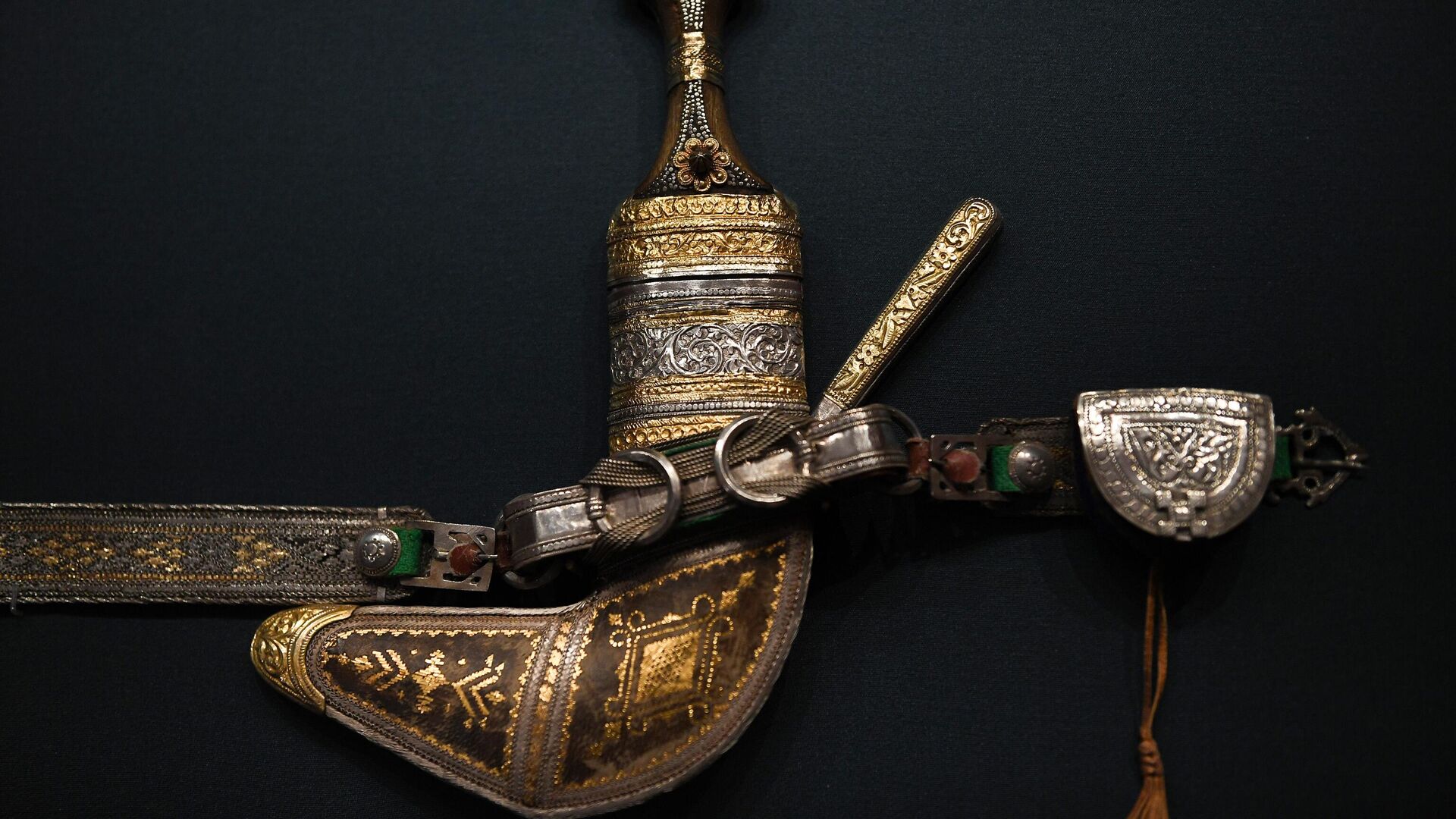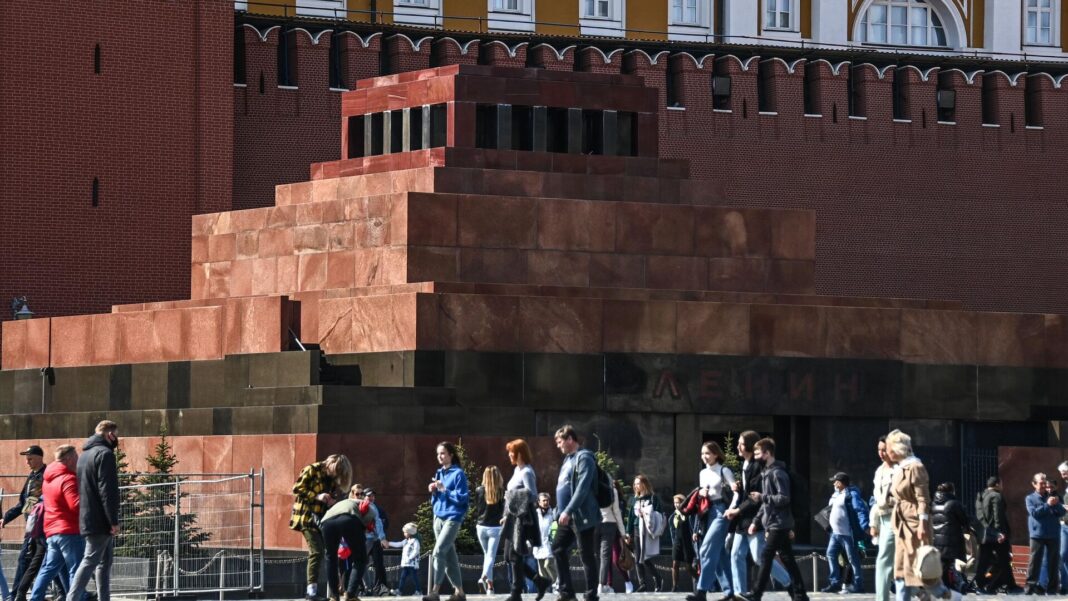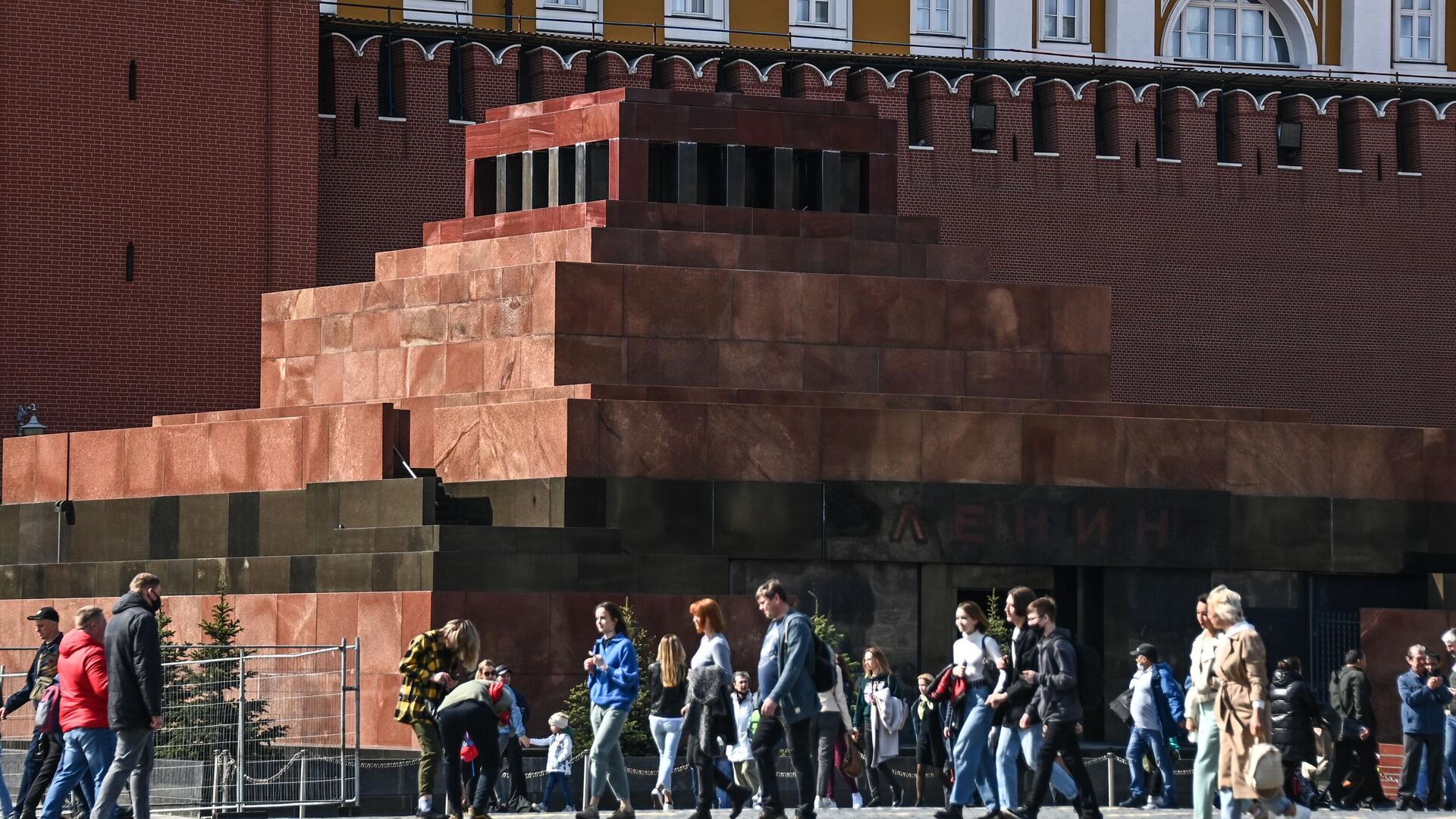
MOSCOW, August 1, Pavel Surkov. To the sounds of a funeral march on August 1, 1924, the Mausoleum of V. I. Lenin was opened on Red Square. How many tombs there were, how the sarcophagus, which survived several assassination attempts, is constructed, and what the laboratory for preserving the leader's body is researching — in the material .
Predecessors
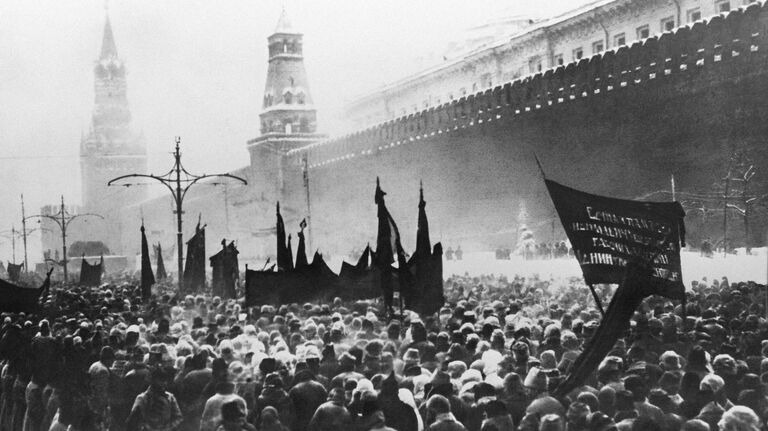
1 of 2
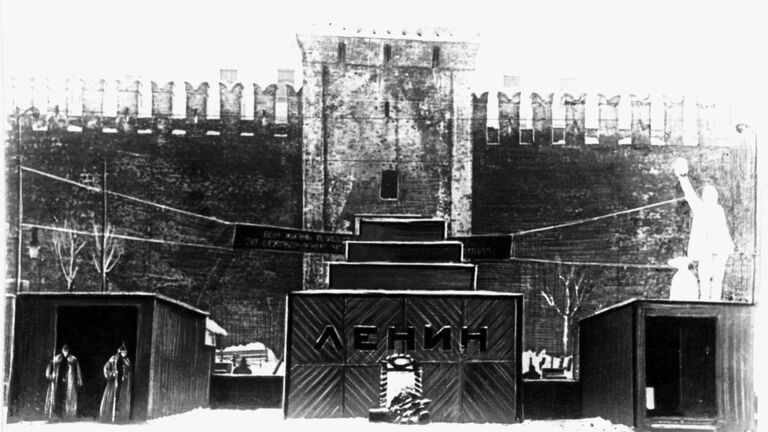
2 of 2
1 of 2
2 of 2
The first mausoleum, a wooden one, appeared immediately after Lenin's death. Alexey Shchusev designed it in just a few hours, and the building was erected in just three days. It was here that the laboratory for the final embalming of Vladimir Ilyich's body was opened, so to speak, for centuries. The second mausoleum (also wooden) was more substantial. It was opened on August 1.
Well, the stone mausoleum we are accustomed to appeared only in 1930. The granite structure weighs almost ten thousand tons and is located at the highest point of Red Square.
Secrets of the Sarcophagus
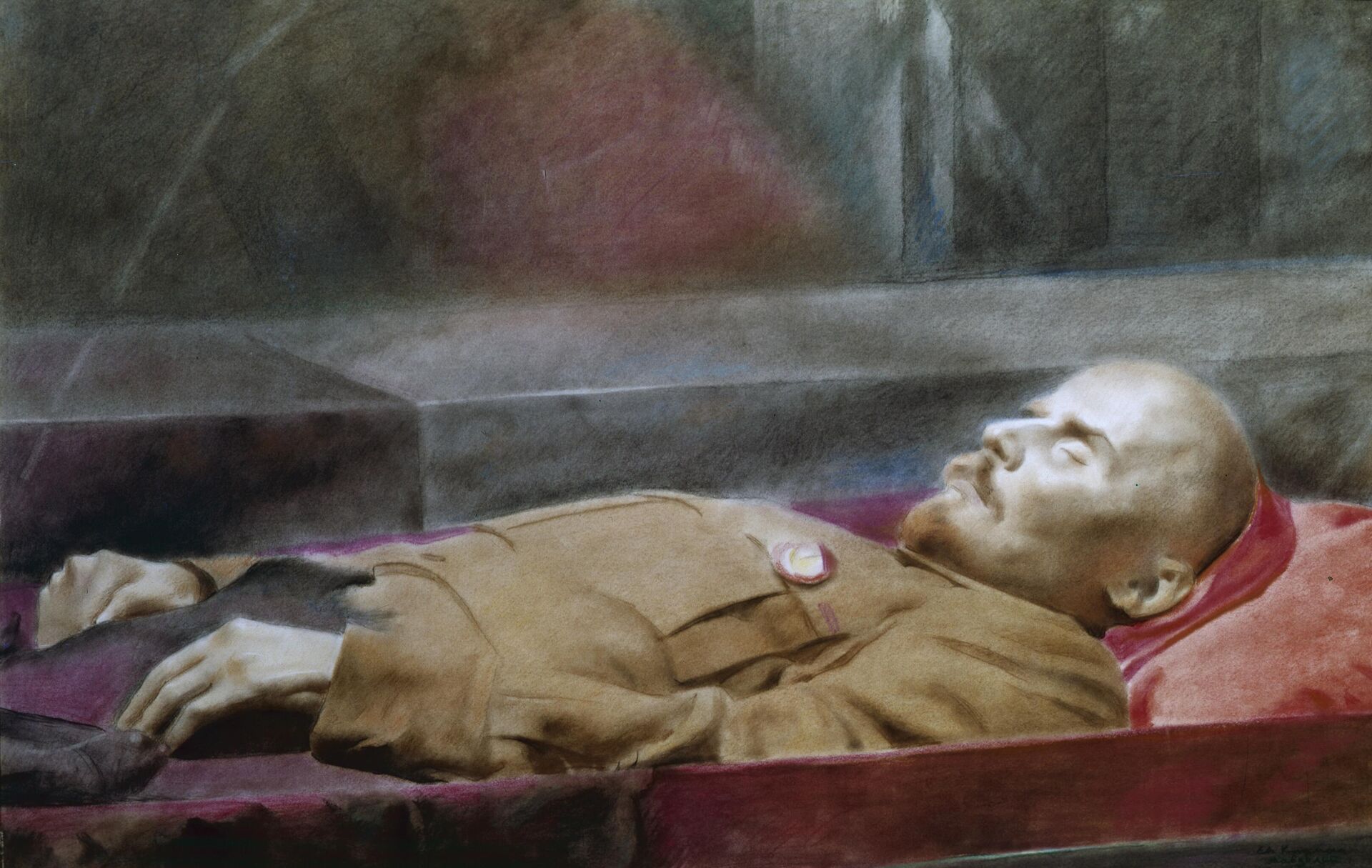
There was a long debate about it. They suggested making the coffin closed, but in the end they installed a glass one. The design task was incredibly difficult. And not only because it was necessary to maintain a constant temperature in it. It is not without reason that the sarcophagus has the shape of an inverted trapezoid: the angle from the reflection makes the glass invisible to the viewer. Mirror lamps and lamps with a pink tint were placed in the upper part so that Lenin would look alive.
The coffin was finally installed in the mausoleum after the end of the Great Patriotic War.
There have been several attempts on the sarcophagus — once the glass was broken, the fragments slightly damaged the body, but the embalmers managed to restore it. Several terrorist attacks were committed in the mausoleum — the attackers detonated homemade bombs, several people died. But the reinforced glass protected the leader from any incidents.
Evacuation and camouflage
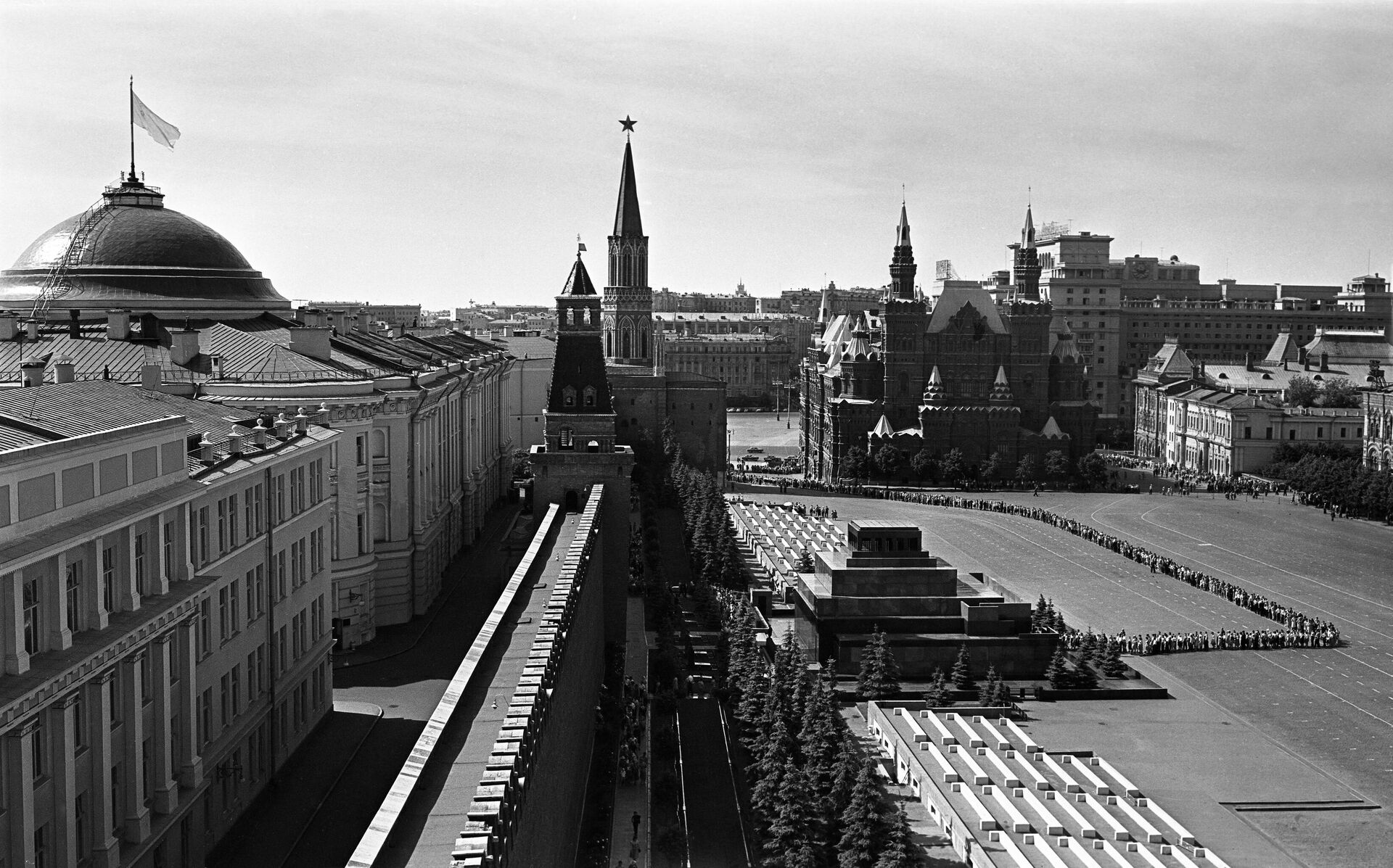
During the Great Patriotic War, Lenin's body, along with the laboratory that maintained its preservation, was evacuated to Tyumen. Hitler personally ordered the capture of Moscow, the razing of the mausoleum and Red Square to the ground — a special sapper team was even prepared.
To prevent the mausoleum from being bombed from the air, the building was camouflaged. According to the design of the artists Fyodor Fyodorovsky and Boris Iofan, a temporary frame was made in the form of a house. At the same time, the ruby stars on the Kremlin towers were extinguished and covered. The golden domes of churches and cathedrals were covered with durable paints. Windows and doors were painted on the Kremlin wall, on Red and Ivanovskaya squares, so that from above everything looked like an ordinary residential area. In many ways, this saved it from attacks by fascist planes.
Neighborhood with Stalin
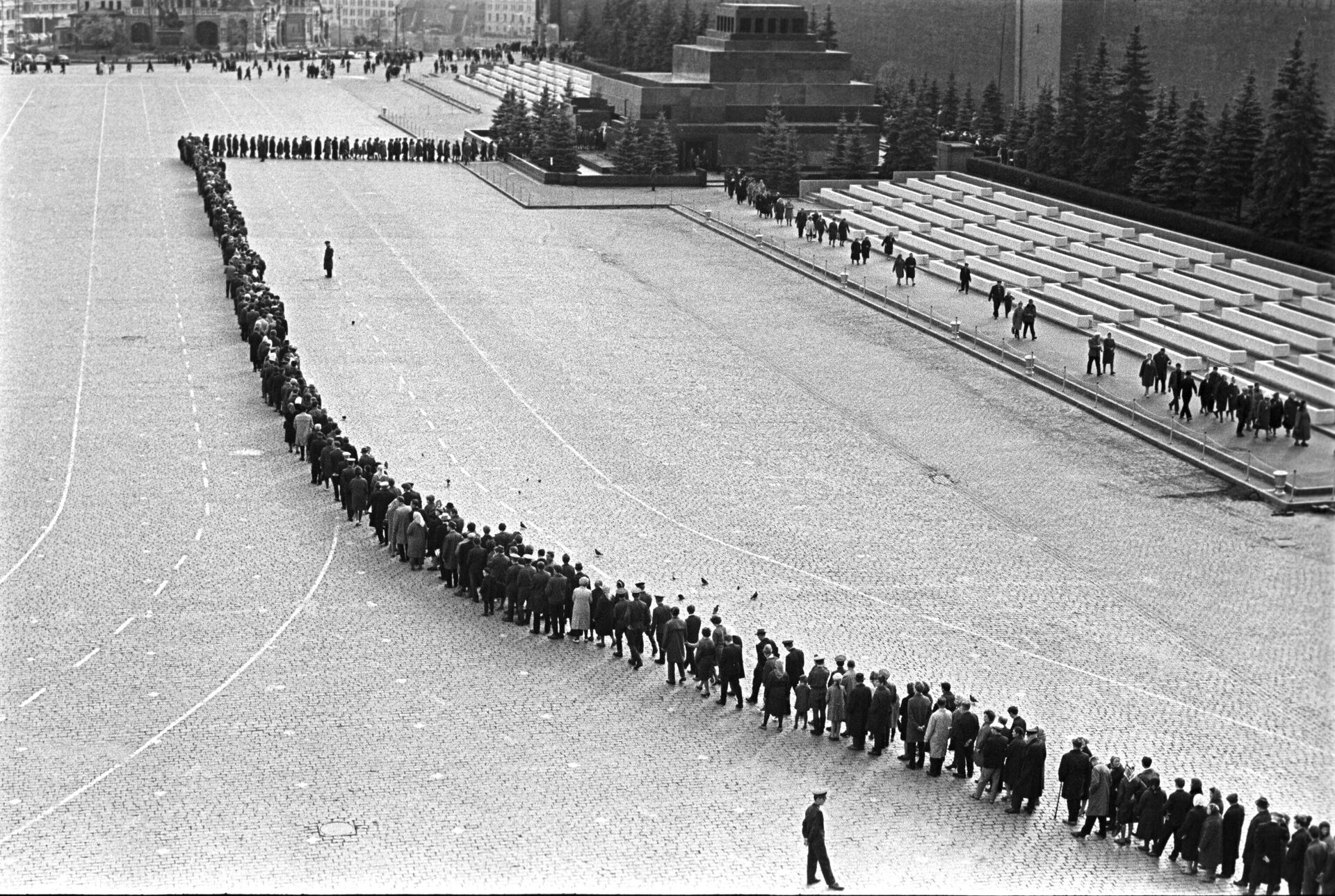
After Stalin's death, they decided to embalm his body and place it next to Lenin's. The only photo of the two leaders in the mausoleum has survived — it was secretly taken with a small camera by a foreign tourist. But in 1961, Joseph Vissarionovich was buried near the Kremlin wall, in the necropolis.
Incidentally, Stalin was one of the first who, even during Vladimir Ilyich's lifetime, spoke out about the need to preserve Lenin's body, arguing that this «does not contradict old Russian customs.»
Tribune
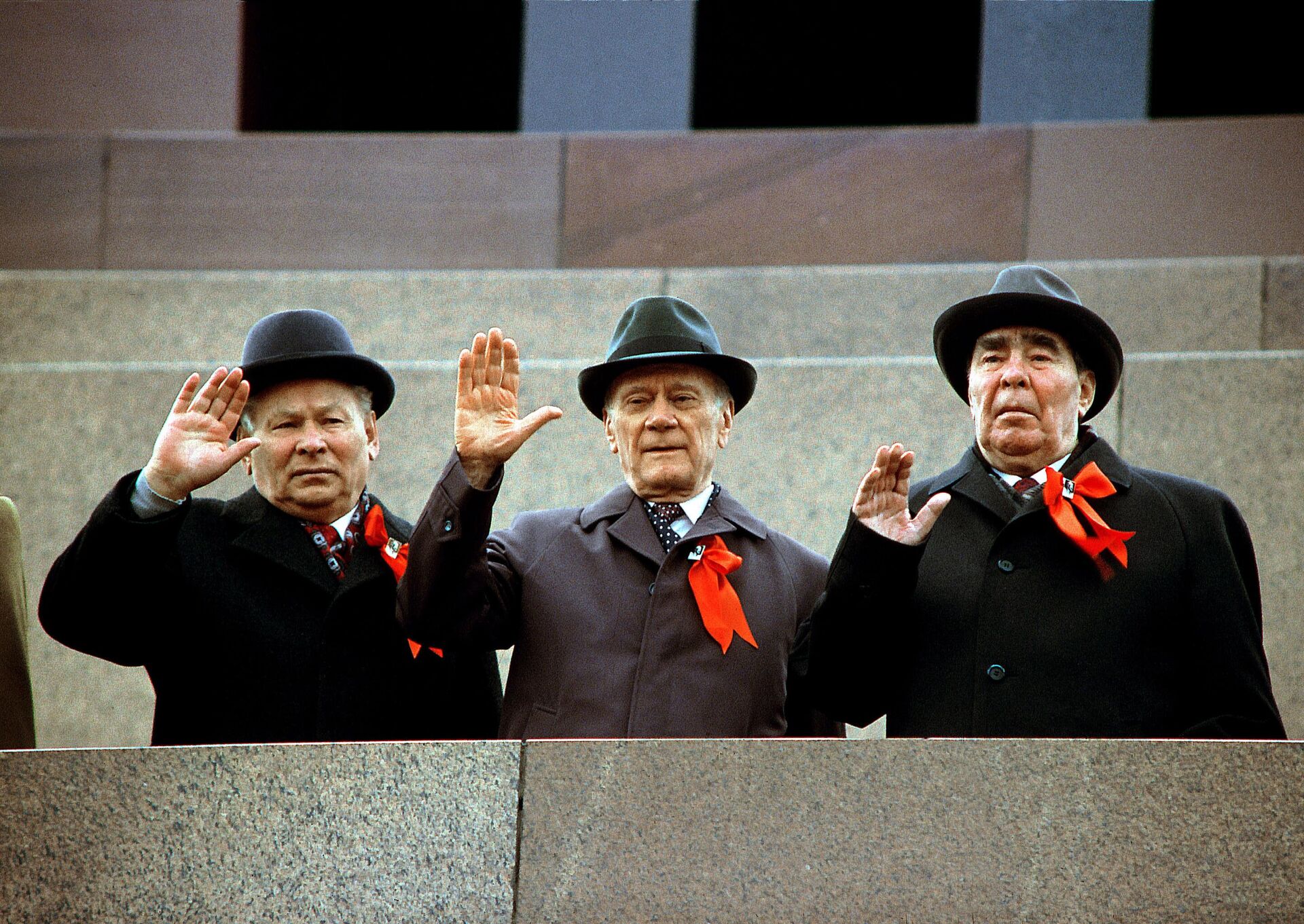
For a long time, it became a symbol of the Soviet state — the country's leaders stood on it during parades. For the convenience of the elderly leaders, the platform was even equipped with an escalator-lift. And in the lower part of the mausoleum, a small buffet was set up so that during the November demonstrations one could drink tea or coffee and not catch a cold.
The Laboratory and «Stand-Backs»
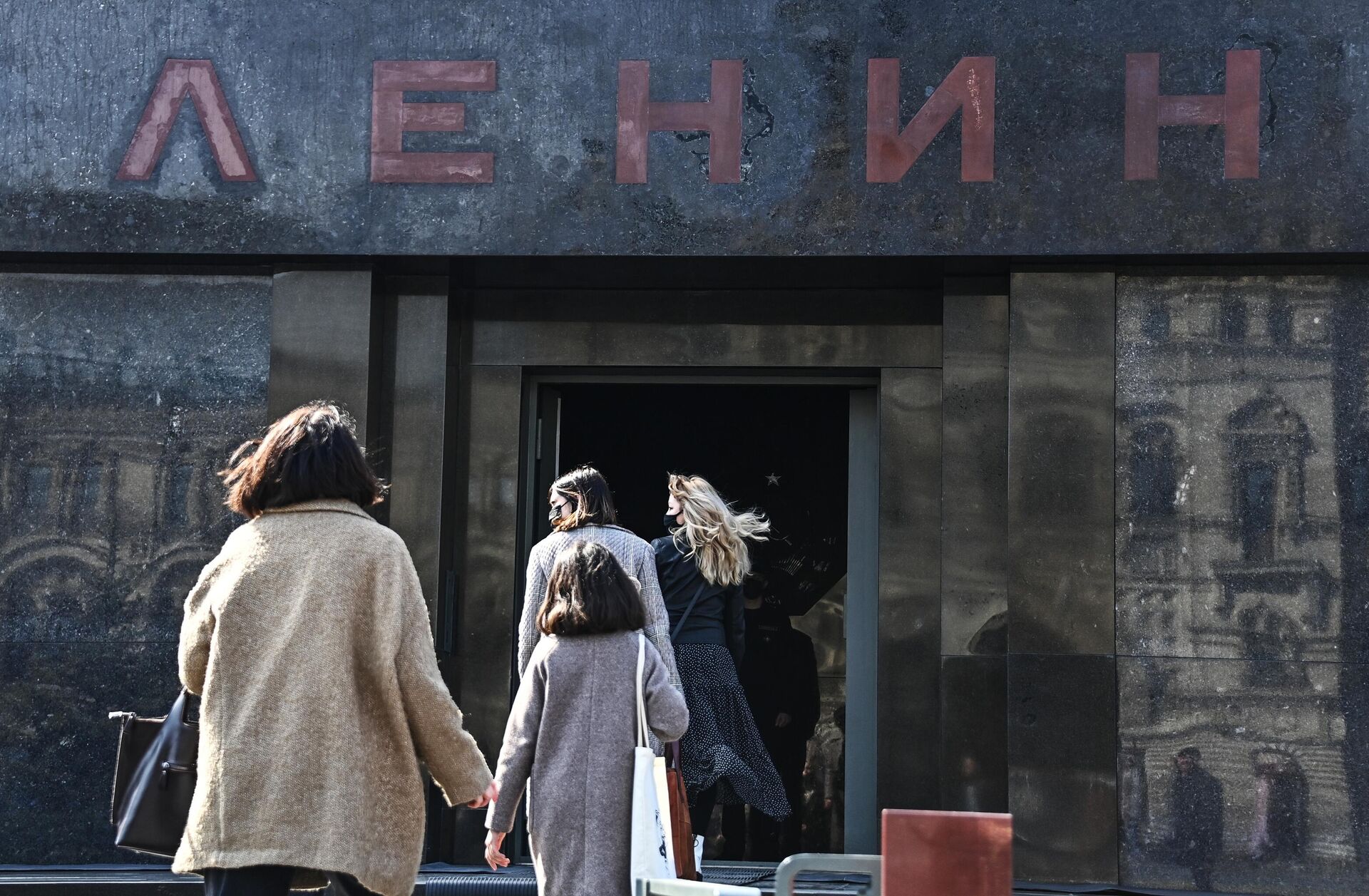
After the war, it was significantly expanded — Lenin had «doubles», the bodies of unknown dead or deceased people who were not wanted by anyone. It is on them that experiments on preservation were and are being conducted. A special commission examined the leader himself every five years. Long-term experiments gave a phenomenal result: the changes became almost undetectable with all modern scientific methods of control.
In addition, the laboratory also worked on preserving the bodies of many foreign political leaders: Georgiy Dimitrov, Ho Chi Minh, Choibalsan, Agostinho Neto.
All these embalmings were successful, however, today you can only see the body of Ho Chi Minh — the rest were eventually reburied.
In addition, numerous gerontological experiments are carried out in the laboratory. So the mausoleum is, in fact, a real scientific center. And this has repeatedly become an argument in favor of preserving the mausoleum. 